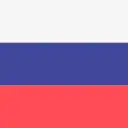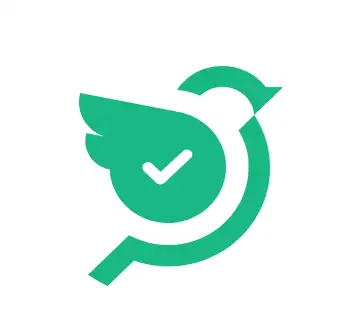Product review: BugHerd
BugHerd is a visual feedback and bug tracking tool designed for web development teams, digital agencies, and product teams aiming to streamline collaboration during website QA and iteration cycles. As of 2025, BugHerd continues to stand out with its intuitive interface, easy-to-use feedback capture, and powerful project management features tailored specifically for frontend issue reporting.
Visual website feedback
BugHerd’s standout feature is its ability to capture on-page feedback visually. Instead of relying on lengthy descriptions, users can pin feedback directly to specific elements of a webpage. Each pinned comment is accompanied by a screenshot, metadata (such as browser type and resolution), and contextual information — making it incredibly easy for developers to reproduce and resolve bugs.
Effortless collaboration between teams
In 2025, collaboration is still at the heart of BugHerd. It enables developers, designers, QA testers, and clients to work together seamlessly. Feedback is captured in real time and automatically converted into actionable tasks on a kanban-style board. This means fewer meetings, less back-and-forth, and faster iteration cycles.
Task board and workflow automation
BugHerd includes a built-in task board where all feedback items are turned into trackable tasks. You can assign tasks, set priorities, add comments, and track status. For teams managing multiple websites or versions, this makes tracking bugs and user suggestions across different projects significantly more organized and efficient.
Integration capabilities
To support agile workflows, BugHerd offers integrations with popular tools like Jira, Trello, Slack, GitHub, and Asana. This allows teams to centralize feedback with their broader development and project management pipelines, reducing the risk of duplicated work or overlooked tasks.
Simple onboarding and UI
One of BugHerd’s strengths is its low learning curve. Non-technical stakeholders, such as marketers or clients, can leave feedback without needing to understand development processes. The user-friendly browser extension and website widget ensure smooth onboarding even for first-time users.
Context-rich bug reports
Each feedback item includes metadata such as the browser version, operating system, screen resolution, and the exact URL where the issue was found. This reduces the need for manual clarification and empowers developers to address issues more effectively.
Improved team productivity
By removing communication friction between non-technical stakeholders and development teams, BugHerd reduces delays in bug reporting and resolution. In 2025, this level of efficiency is critical for agencies working under tight deadlines or managing multiple client sites.
Mobile feedback collection
While originally web-focused, BugHerd now offers improved mobile responsiveness, enabling users to report issues from smartphones and tablets. This is crucial for ensuring mobile site quality in today’s mobile-first world.
Bottom line
BugHerd remains a top-tier solution for visual website feedback and bug tracking in 2025. With its intuitive interface, powerful collaboration tools, and seamless integrations, it simplifies and accelerates QA and feedback cycles for web development teams. The ability to gather, manage, and act on feedback directly within the website interface is a game-changer for agencies, freelancers, and product teams alike.
Whether you're managing a large-scale product, running a client project, or refining your startup’s website, BugHerd helps ensure smooth collaboration and faster iteration, keeping your web projects on track and error-free.









